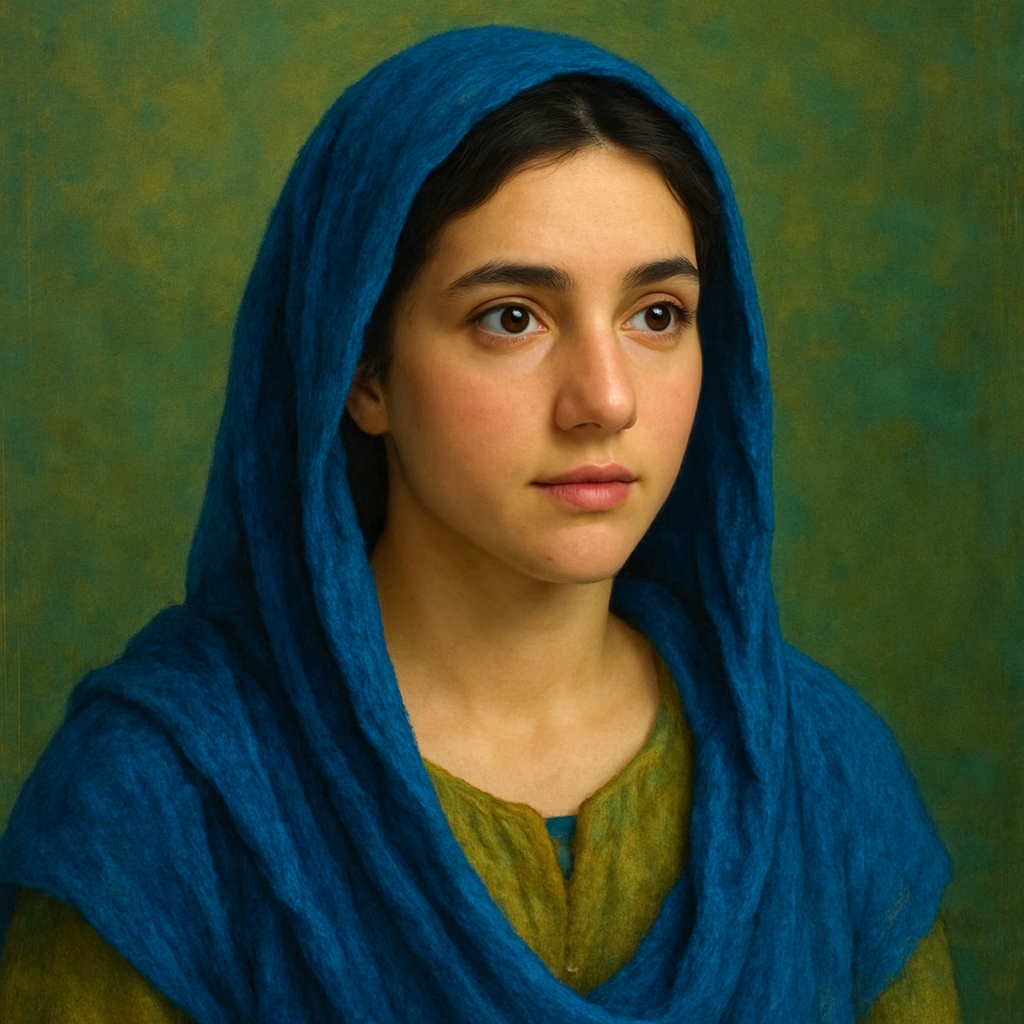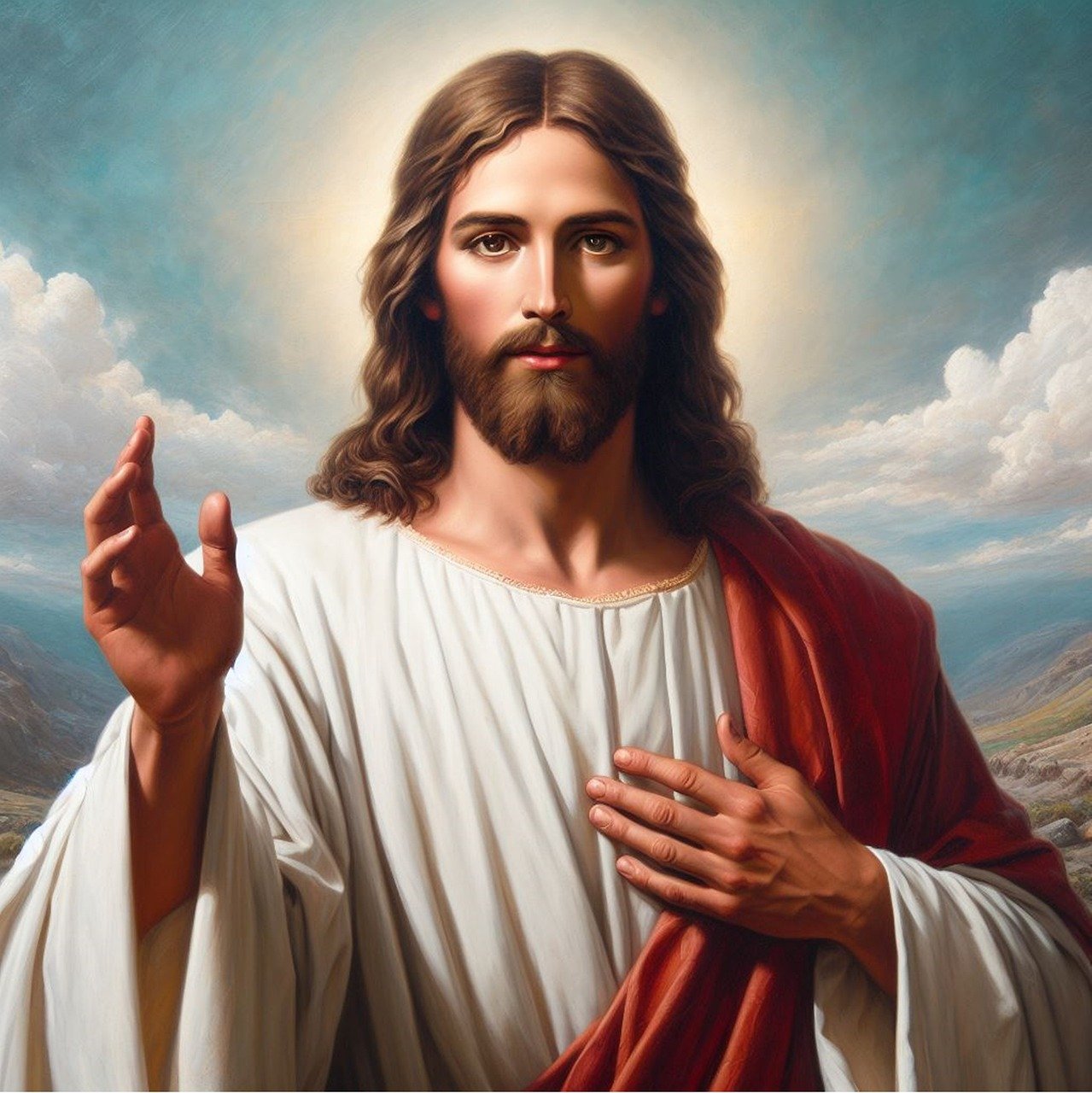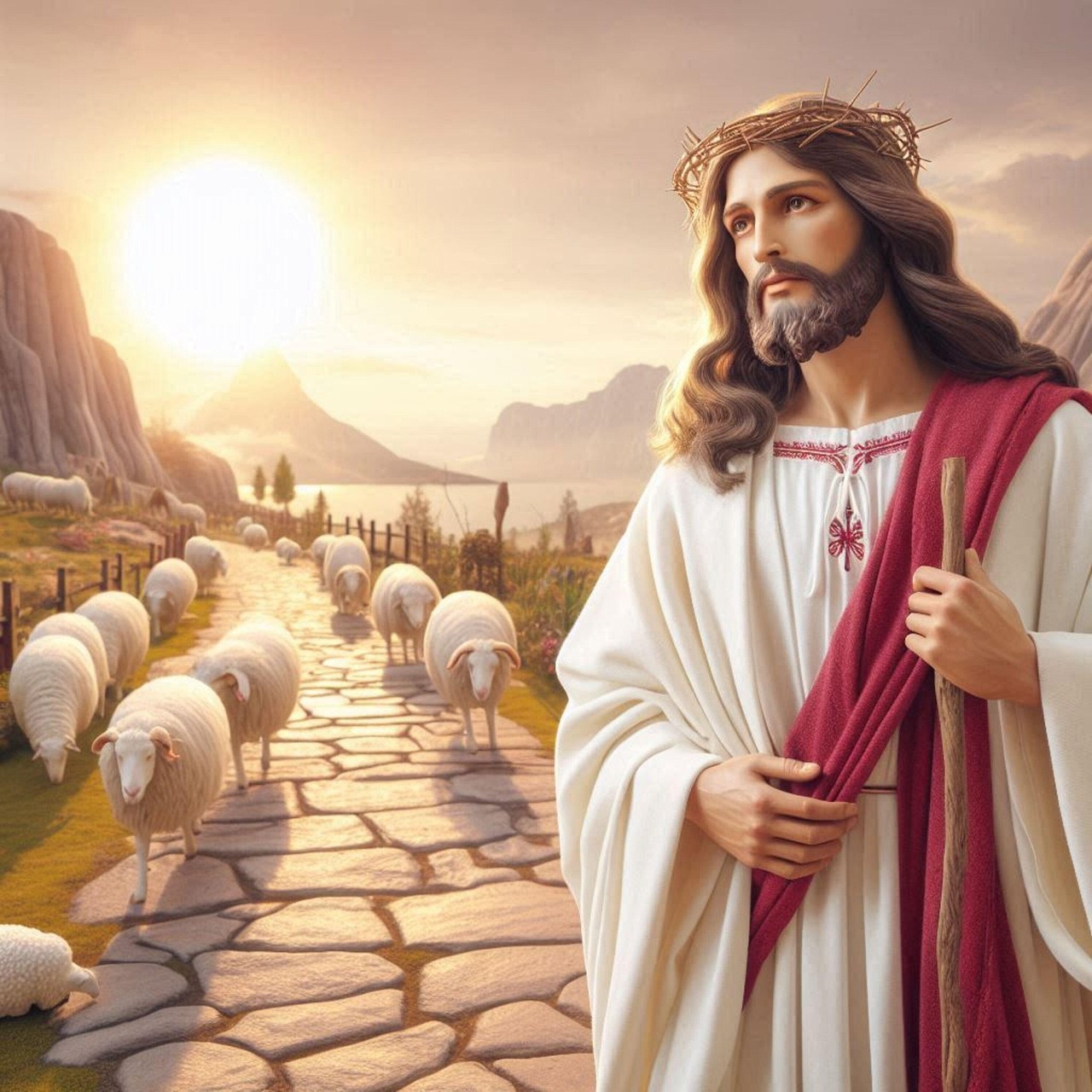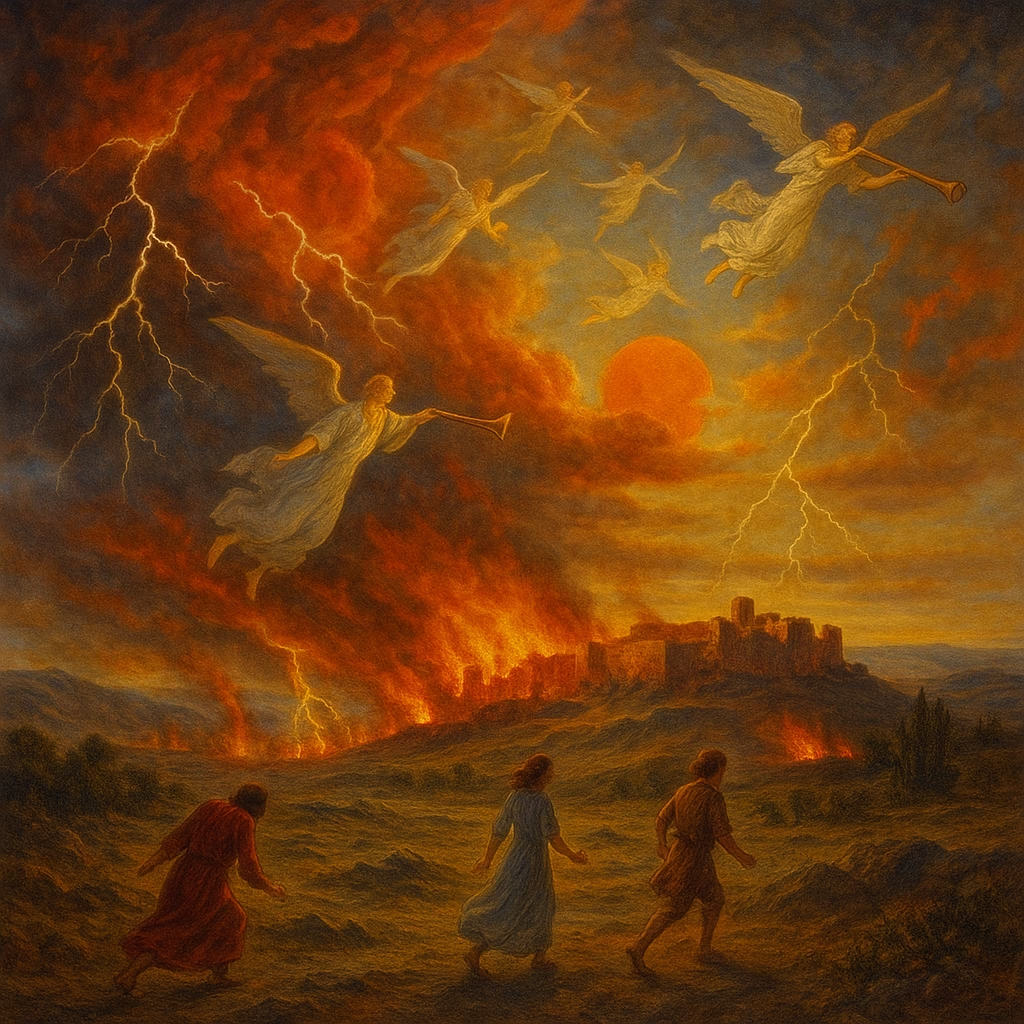The Untold Truth About the Most Misunderstood Woman in the Bible
Mary Magdalene has been one of the most mysterious and misinterpreted figures in Christian history. Often mislabeled as a prostitute, her true role as a devoted follower of Jesus and the first witness to His resurrection has only recently gained the recognition it deserves. This article explores the truth about Mary Magdalene – her life, her legacy, and the myths that have obscured her story for centuries.
Who Was Mary Magdalene?
Mary Magdalene, often referred to as Mary of Magdala, appears in all four canonical Gospels of the New Testament. She is believed to have come from Magdala, a fishing town on the western shore of the Sea of Galilee.
According to the Gospels:
- Jesus cast seven demons out of her (Luke 8:2)
- She became one of His most devoted followers
- She witnessed the crucifixion of Jesus (John 19:25)
- She was the first to see the resurrected Christ (John 20:11–18)
Important Note:
There is no biblical evidence that Mary Magdalene was a prostitute – this was a later conflation with other unnamed women in the Bible.
Why Mary Magdalene Was Misunderstood
In 591 AD, Pope Gregory I gave a sermon that mistakenly combined Mary Magdalene with the “sinful woman” who anointed Jesus’ feet (Luke 7:36–50). This led to the widespread belief that she was a prostitute, a label that stuck for nearly 1,400 years.
Only in 1969 did the Vatican officially separate Mary Magdalene from this unnamed woman, beginning the process of restoring her reputation.
Mary Magdalene’s Role in the Resurrection
Mary Magdalene holds a unique and powerful position in Christian theology. She was the first person to witness the resurrection of Jesus, and He personally instructed her to “go and tell” the disciples. Because of this, she is often referred to as the “Apostle to the Apostles.”
Her central role in the resurrection narrative highlights her importance and challenges traditional gender roles in early Christianity.
Was Mary Magdalene Jesus’ Wife?
Popularized by books like The Da Vinci Code, the theory that Mary was Jesus’ wife or romantic partner is not supported by historical or biblical evidence. These theories often stem from Gnostic gospels such as the Gospel of Philip and Gospel of Mary, which portray a close relationship but do not confirm a marriage.
Scholars widely agree these texts are non-canonical and symbolic, written centuries after the life of Jesus.
Legacy and Veneration
Today, Mary Magdalene is venerated as a saint in the Roman Catholic, Eastern Orthodox, Anglican, and Lutheran traditions.
- Feast Day: July 22
- Titles: Apostle to the Apostles, Saint Mary Magdalene
She is a symbol of faith, redemption, and female leadership in the early Church.
Mary Magdalene in Art and Culture
Mary Magdalene has inspired countless works of art, literature, and film. From Renaissance paintings to modern films, she is often portrayed as a complex and emotionally powerful figure.
However, many of these depictions still reflect the prostitute myth, highlighting the need for more accurate representations based on biblical and historical evidence.
Why Mary Magdalene Matters Today
In a time when discussions about women in religion are gaining momentum, Mary Magdalene stands as a beacon of female strength and faith. She challenges outdated narratives and invites us to reconsider the roles of women in both scripture and modern religious communities.
Restoring her story is more than just correcting a historical mistake – it’s about honoring truth, leadership, and spiritual devotion.
Frequently Asked Questions (FAQs)
- Was Mary Magdalene a prostitute?
No. The belief that she was a prostitute is based on a historical misinterpretation. - Is Mary Magdalene a saint?
Yes, she is venerated as a saint in several Christian traditions. - Did she write a gospel?
There is a Gnostic Gospel of Mary, but it is not included in the official Bible. - Why is she called the Apostle to the Apostles?
Because she was the first to witness Jesus’ resurrection and told the other apostles.






